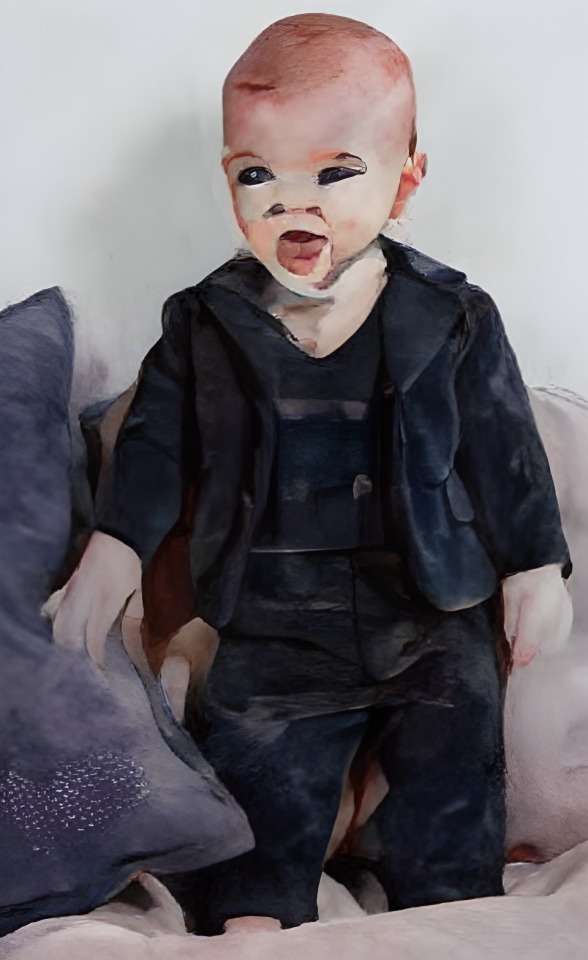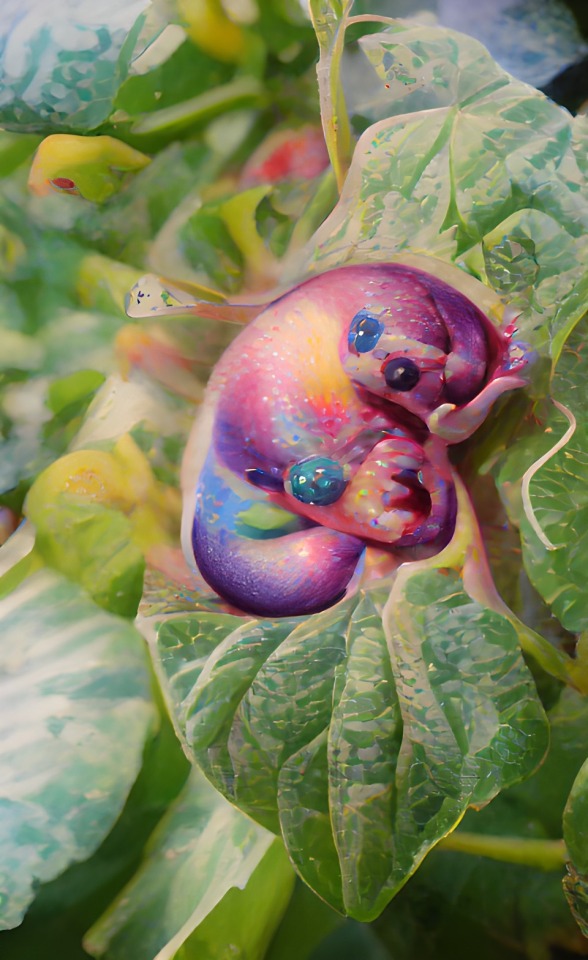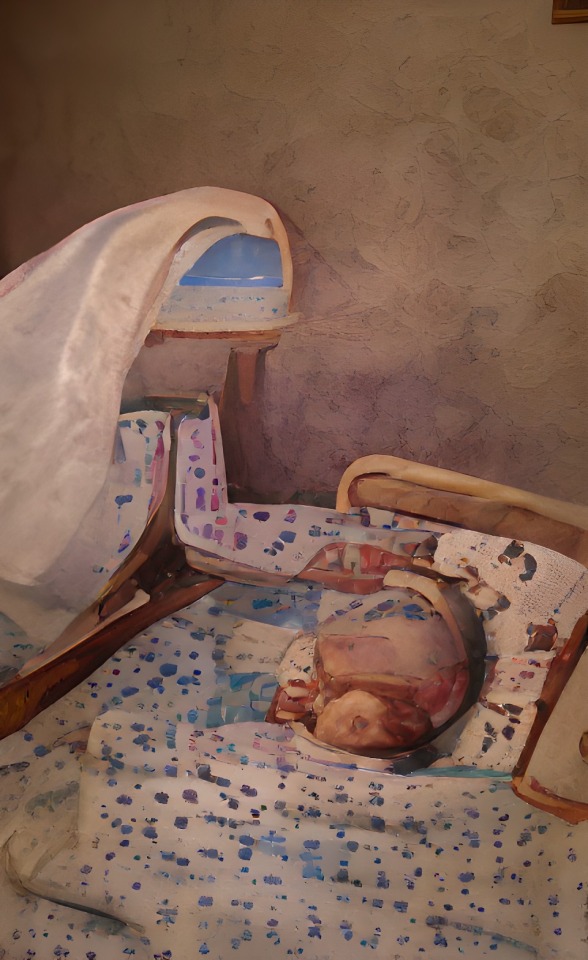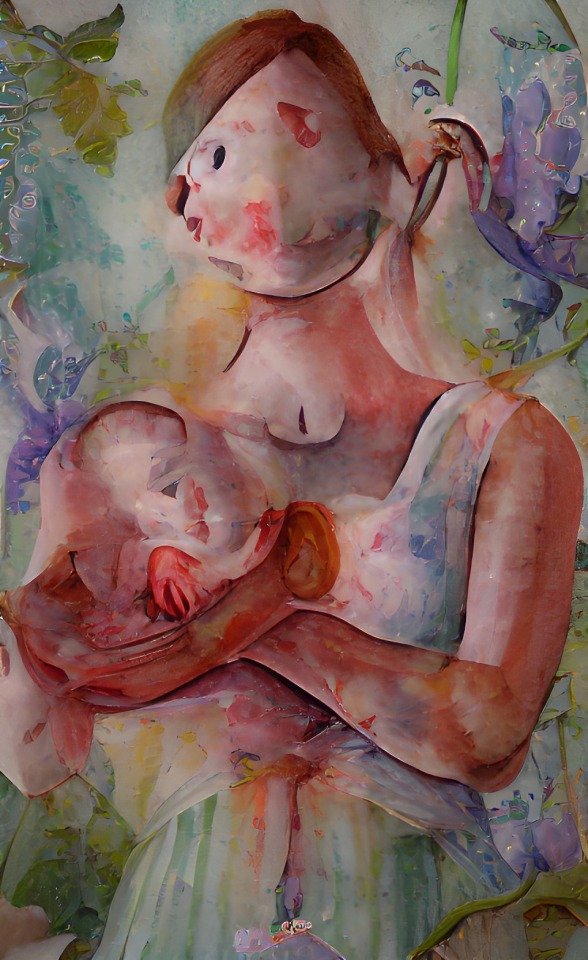Text
“Smile of a Mountain Witch” - “Work”
Obha Minako’s “Smile of a Mountain Witch” and Carol Ann Duffy’s “Work” continues the discussion of unpaid labor and the maternal expectations conscripted upon women.
Throughout both “Smile of a Mountain Witch” and “Work”, Obha and Duffy construct harrowing imagery to be imposed upon female characters.

“Then she would see that half her face was smiling like an affectionate mother, while the other half was seething with demonic rage” (Obha, 201)
This stark distinction between caring and monstrous illustrates the black-and-white assumptions often made of women. Throughout the story, the mountain witch reflects the behaviors and experiences of many women, and consequently receives the label of monster. Here, the contrast of “affectionate mother” and “demonic rage” exclude the possibility of ambivalence towards nurturing. Therefore a woman who is not an “affectionate mother” is convicted as a demon-monster.

“She fed/the world, wept the rain, scattered the teeth in her head/for grain, swam her tongue in the river to spawn/sickened, died, layed in a grave, work, to the bone, her fingers, twenty-four seven” (Carol, Lines 32-36)
By using succinct, fractured lines, Duffy creates a cyclic running pattern. This rhythm constructs an image of a perpetual marathon. Combined with the herculean feat of feeding the entire world, these rhythmic lines illustrate the overwhelming pressures often placed on women to be nurturing and maternal. Ultimately, these expectations are debilitating as the woman “sickened, died, layed in a grave” (36). However death is not the end of work, even in the grave her fingers work “twenty-four seven”.
The ultimate fate of both Obha and Duffy’s female characters illustrates the detrimental effects of coerced maternalism and the extreme expectations often placed upon women.
#wlt270#literature#poetry#world literature#Obha Minako#maternalism#unpaid labor#motherhood#carol ann duffy
0 notes
Text
“Breast-Giver” - “Mammal Twelve”
Together, Devi Mahasweta’s “The Breast Giver” and Ana Caballero’s “Mammal Twelve” illustrate the exhausting injustice of unpaid labor often associated with motherhood.

“Motherhood was always her way of living and keeping alive her world of countless beings. Jashoda was a mother by profession, professional mother” (Mahasweta, 222)
Jashoda’s binding identity as a mother is established within the first paragraph with the conclusive statement that “Jashoda was a mother by profession” (222). For Jashoda, motherhood is an expectation and necessity rather than a choice. Though Jashoda’s labor is not unpaid (228), the profession is both exploitative and emotionally and physically debilitating.

“Me sleep baby kick/Me wait baby gain/Me break baby breathe” (Caballero, Lines 7-9)
The repeating short syntax throughout the poem creates an image of the ceaseless nature of pregnancy and motherhood. Despite the progress of the “baby gain”, there remains a sense of stagnation as the mother waits. Furthermore, this repeating pattern creates an inseparable connection between the mother and baby. Through this syntax, the narrator’s identity revolves around their child, whether for better or worse. The final line, “Me break baby breathe” (9), indicates that this cycle ultimately culminates in debilitating or breaking exhaustion.
Mahasweta and Caballero’s characters both fracture as a result of the labor of their motherhood. This role or “profession” is time-consuming and draining, yet it is often unpaid and undervalued.
#wlt270#literature#poetry#world literature#breast-giver#mammal twelve#motherhood#female unpaid labor
0 notes
Text
“The Slows” - “Now that I’m forever with child”
Gail Hareven’s “The Slows” and Audre Lorde’s “Now that I’m forever with child” both discuss the corruption of motherhood through commodification and hyper-capitalism.
Harveven and Lorde use mechanical and impassive imagery to illustrate relationships between mother and child influenced by capitalist cultures.

“Given the way they are accustomed to raising offspring, even that many are hard work” (Hareven, 1)
“Nearly three months old. He could have been a productive adult already” (Hareven, 3)
Throughout the story, the narrator repeats cold and distancing language, like “offspring” and “productive”, in his arguments against the Slows’ lifestyle. Combined with his negative use of “emotionality”, the anthropologist reveals a glorification of corporate culture over human connection.

“Then the seed opened/I bore you one morning just before spring —/My head rang like a fiery piston/My legs were towers between which/A new world was passing” (Lorde, Lines 16-20)
Here, the organic and budding imagery of “seed” and “spring” contrasts industrial and detached imagery of “piston” and “towers”. While the child is “blooming” (2), the mother is simply a means of production, a “tower” to pass through. This sudden transition between natural and mechanical diction emphasizes the commodification of birth and motherhood.
Though Lorde and Hareven reference different cultural revolutions, industrial and corporate respectively, their works converge to depict the degradation of motherhood in the face of progress. As hypercapitalism spreads throughout global cultures, the female body becomes a focus of commodification; a mother’s body transforms into a factory of production rather than a source of life and connection.
#wlt270#literature#poetry#world literature#audre lorde#gail hareven#hypercapitalism#commodifying the body#corrupted motherhood
0 notes
Text
“After a Life” – “Stillborn”
Yiyun Li’s “After a Life” parallels Sylvia Plath’s “Stillborn” in its examination of value and problematic love in the presence of disability.
Both Yiyun and Plath’s works use objectifying language in reference to children with complications or disabilities.

“These poems do not live: it's a sad diagnosis./They grew their toes and fingers well enough” (Plath, Lines 1-2)
In likening stillborn children to “poems” , Plath creates an unsettled sense of connection between the narrator and stillborn. To an extent, the stillborn is a direct creation of the mother, as poems are to Plath. In this sense, there is maternal love present in the relationship. Yet, the objectifying language simultaneously distances the child from the mother. This disparity is furthered by the contrast between the lifelessness of the stillborn and their growing of toes and fingers.

“Beibei must have reminded his wife every day that their marriage was less legitimate” (Yiyun, 38)
Throughout the story, Beibei’s character functions as an inactive and one dimensional individual to be interacted with and objectified. Here, Beibei serves as a reminder to her parents. This statement strips Beibei of her agency by implying that her relationship with her mother is a predestined message or lesson. Though Mrs. Su demonstrates love for her daughter through care giving, it is underlined by this sense of moral shame.
These examples of objectification demonstrate the infantilizing and demoralizing roles often projected onto individuals with disabilities. Neither the stillborn nor Beibei are depicted as whole individuals, in spite of their inherent value as human beings.
1 note
·
View note
Photo

The following blog considers several representations of motherhood throughout world literature and poetry including:
Yiyun Li’s “After a Life” and Sylvia Plath’s “Stillborn”
Gail Hareven’s “The Slows” and Audre Lorde’s “Now that I’m forever with child”
Devi Mahasweta’s “The Breast Giver” and Ana Caballero’s “Mammal Twelve”
Obha Minako’s “Smile of a Mountain Witch” and Carol Ann Duffy’s “Work”
#WLT270#poetry#literature#world literature#sylvia plath#audre lorde#ana caballero#yiyun li#gail hareven#devi mahasweta#carol ann duffy#obha minako
2 notes
·
View notes